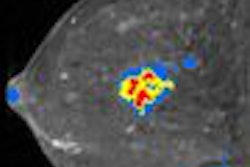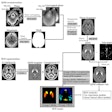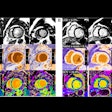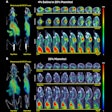Dear AuntMinnie Member,
The meteoric rise of teleradiology is prompting many radiology groups to ask themselves: Are teleradiology providers a threat to our practices?
Teleradiology was originally seen as a boon to radiology groups, enabling them to off-load their night call burden. Teleradiology can also provide subspecialty expertise that groups might not otherwise have, for exams such as musculoskeletal or brain studies.
But anecdotal reports have begun surfacing of teleradiology firms bypassing local radiology groups to contract directly with hospitals. While many of these reports have turned out to be apocryphal, some teleradiology providers have signed deals directly with hospitals, according to an article by staff writer Kate Madden Yee in our Imaging Center Digital Community.
Teleradiology firms are quick to point out that they are sensitive to the issue, and won't pitch contracts to hospitals without the blessing of the local radiology group. But if a radiology group's relationship with a hospital sours, there's always the possibility that a teleradiology services provider could step in to fill the gap.
Explore all the angles of this story by clicking here, or visit the Imaging Center Digital Community at centers.auntminnie.com.
Diffusion-mapping MRI
In another article we're highlighting this week in the Radiation Oncology Digital Community, U.S. researchers discuss their use of functional diffusion-mapping MRI as a tool for radiation therapy planning (RTP) for glioma patients.
In research presented at the American Association for Cancer Research (AACR) meeting earlier this month, a group from the University of Michigan in Ann Arbor said that diffusion MRI could provide an earlier assessment of treatment response to radiation therapy compared to conventional MRI.
Get more details on the story by clicking here, or visit the Radiation Oncology Digital Community at radiation.auntminnie.com.



.fFmgij6Hin.png?auto=compress%2Cformat&fit=crop&h=100&q=70&w=100)




.fFmgij6Hin.png?auto=compress%2Cformat&fit=crop&h=167&q=70&w=250)











